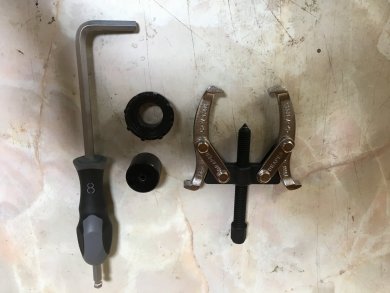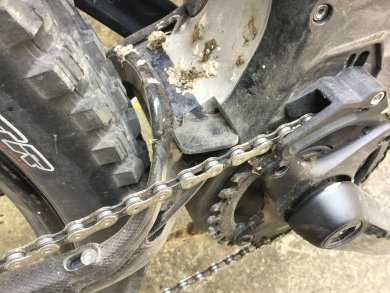junglie69
Member
Let me explain.
The Problem, this is after a few rides, washing with Muc off and light pressure garden hose. This is as recommended by Specialized Rider care UK, I had email correspondence with them I can post the emails for those that wish to see. Suffice to say this is the procedure they use for their test/demo fleet.
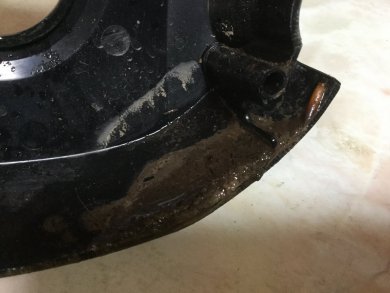
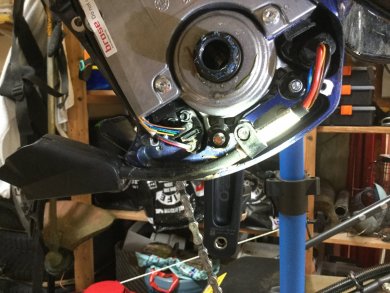
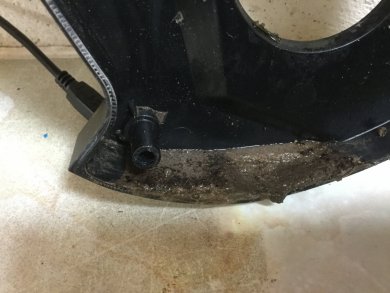
The photos show a build up of silt which comes from riding in muddy wet conditions and washing said mud off. Whilst it is fairly obvious Specialised did not fully consider these conditions it is left up to us to live with the consequences. The silt builds up blocking the inadequate drain hole and gets to the same level as the electric plugs, with the inevitable results. The plugs out of interest were all wet inside so much for waterproofing. The speed sensor plug did not have a rubber seal and the remote had only one of two seals, so much for quality control the bike is only a few months old. After drying and a smear of dielectric grease plugs were reinserted.
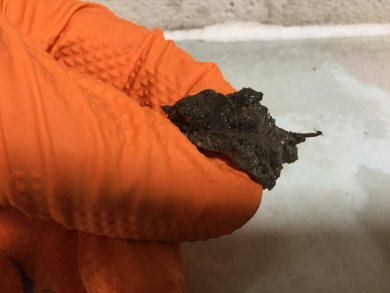
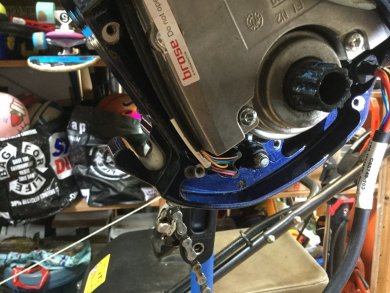
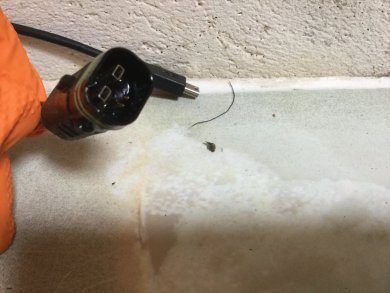
The drain hole you can see in one of the photos is still blocked from both sides although you cannot see that with the motor in. Yes the only way I could clean it properly was to take the motor out.
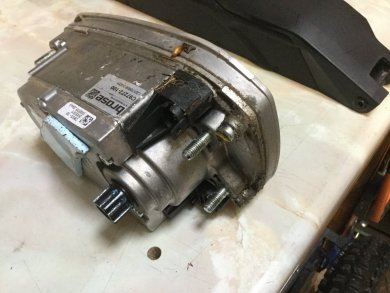
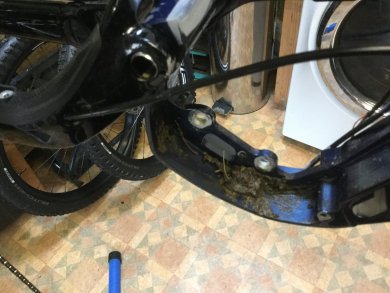
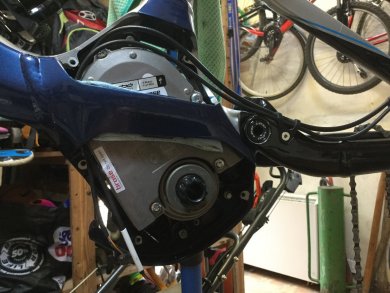
With the motor back in all plugs cleaned and connected and drain hole cleared it's ready to go back together. The problem hasn't gone away however. Water and silt will still get in from the areas shown below and cannot easily be blocked nor perhaps should they?
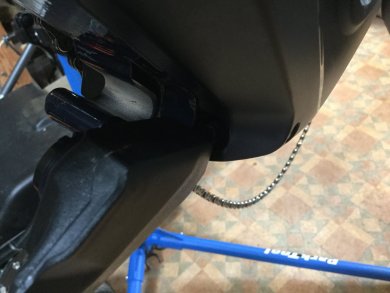
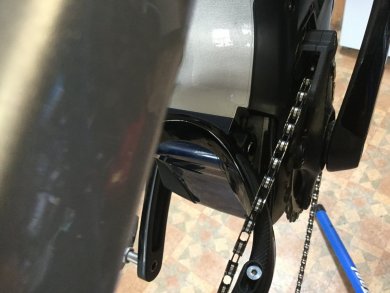
My solution and I am experimenting here so please don't try this unless you agree with me, is to drill a 7mm hole in the lower motor cover each side to allow decent drainage. Water and silt in - drain holes allow it out, simples! I hope. I felt I couldn't leave as was, I will come back to this post after a few more rides and strip and inspect again.
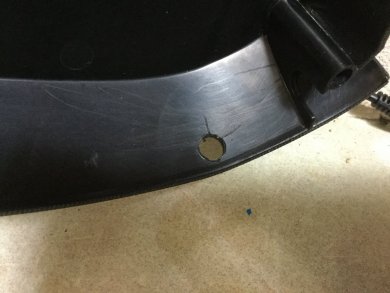
Taking the motor out cleaning and motor back in took just over an hour minus tea breaks for pondering.
Any thoughts, comments welcome. If it does not work as intended I have a couple of rubber grommets to plug the holes so its not a disaster.
The Problem, this is after a few rides, washing with Muc off and light pressure garden hose. This is as recommended by Specialized Rider care UK, I had email correspondence with them I can post the emails for those that wish to see. Suffice to say this is the procedure they use for their test/demo fleet.



The photos show a build up of silt which comes from riding in muddy wet conditions and washing said mud off. Whilst it is fairly obvious Specialised did not fully consider these conditions it is left up to us to live with the consequences. The silt builds up blocking the inadequate drain hole and gets to the same level as the electric plugs, with the inevitable results. The plugs out of interest were all wet inside so much for waterproofing. The speed sensor plug did not have a rubber seal and the remote had only one of two seals, so much for quality control the bike is only a few months old. After drying and a smear of dielectric grease plugs were reinserted.



The drain hole you can see in one of the photos is still blocked from both sides although you cannot see that with the motor in. Yes the only way I could clean it properly was to take the motor out.



With the motor back in all plugs cleaned and connected and drain hole cleared it's ready to go back together. The problem hasn't gone away however. Water and silt will still get in from the areas shown below and cannot easily be blocked nor perhaps should they?


My solution and I am experimenting here so please don't try this unless you agree with me, is to drill a 7mm hole in the lower motor cover each side to allow decent drainage. Water and silt in - drain holes allow it out, simples! I hope. I felt I couldn't leave as was, I will come back to this post after a few more rides and strip and inspect again.

Taking the motor out cleaning and motor back in took just over an hour minus tea breaks for pondering.
Any thoughts, comments welcome. If it does not work as intended I have a couple of rubber grommets to plug the holes so its not a disaster.
